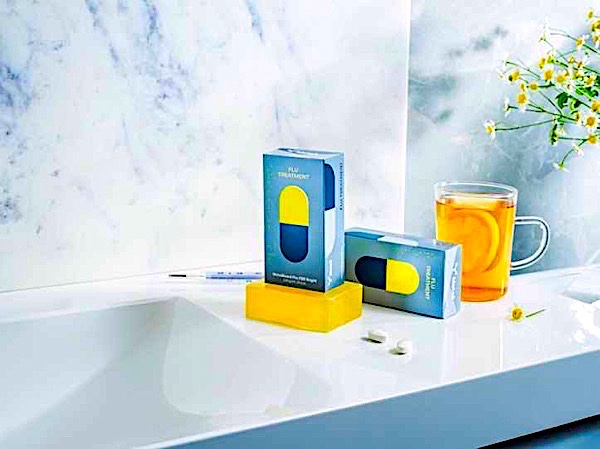Consumables
Optimisation of paperboard can cut the carbon footprint of pharmaceutical packaging

Saturday 09. March 2024 - Assessments conducted by Metsä Board demonstrate the significant carbon footprint reductions that pharmaceutical manufacturers can achieve by switching from commonly used grades to Metsä Board fresh fibre paperboards.
Pharmaceutical product packaging accounts for a large part of manufacturers’ Scope 3 emissions, which consider, for example raw material production, manufacturing, and end-of-life disposal. According to Metsä Board studies, fresh fibre paperboard can notably reduce the carbon footprint of pharmaceutical packaging by optimising the paperboard in use.
Switching from a solid bleached board (SBB) to Metsä Board folding boxboard can reduce the carbon footprint of packaging by over 50%, and replacing white lined chipboard (WLC) with Metsä Board folding boxboard can result in a 60% reduction or even higher. These assessments have been verified by IVL Swedish Environmental Research Institute. The technical background report and the verification statement are available on Metsä Board’s website.
The lower carbon footprint of Metsä Board’s folding boxboards, compared to the above mentioned boards, is due to the use of fossil free energy in their production and their lighter weight. However, despite the lighter weight, Metsä Board’s folding boxboards still retain the durability and functional properties of traditional heavier grades.
“As a responsible materials supplier it is our job to provide pharma brand owners with transparent, unbiased information that helps them evaluate packaging materials to make better-informed and sustainable choices to reduce their carbon footprint,” says Anne Uusitalo, Product Safety and Sustainability Director at Metsä Board. Metsä Board provides accurate information about the carbon footprint of its paperboard products and can also provide full life cycle assessments to its customers.
